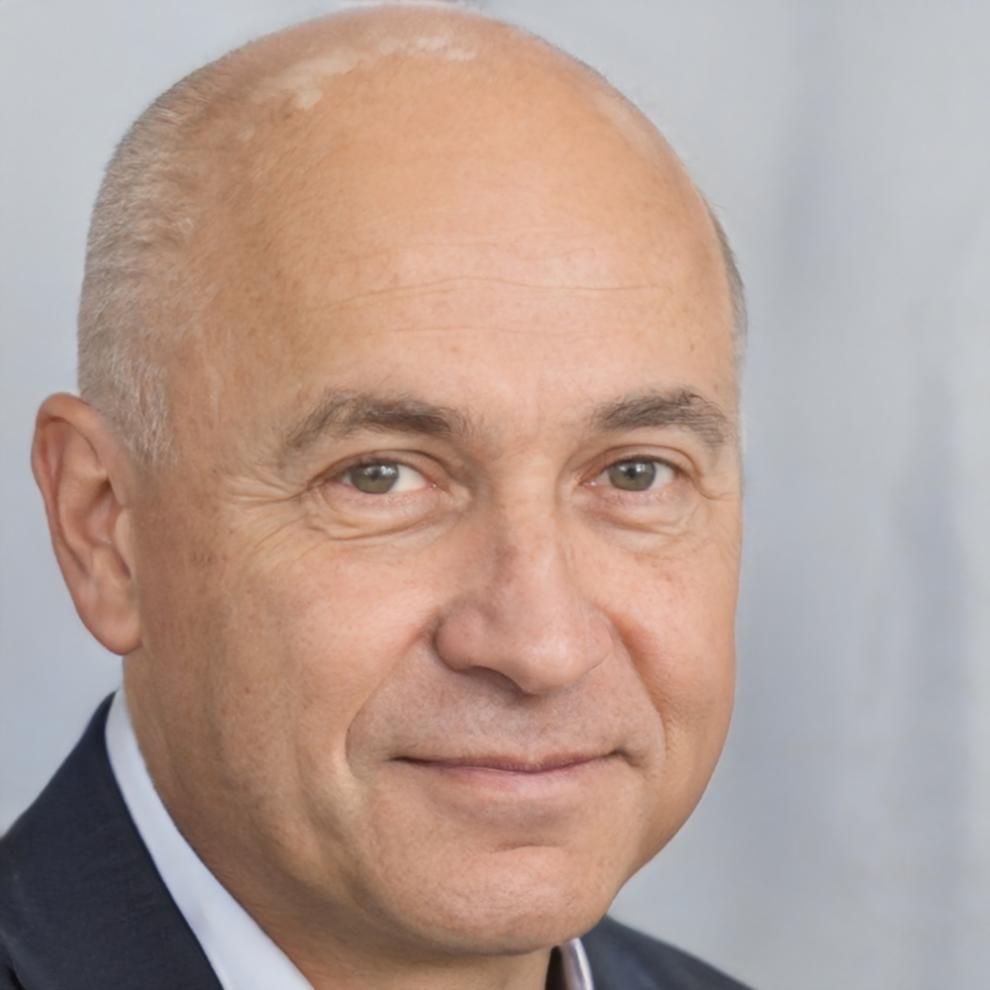Evidence-Based Teaching Methodologies
We combine decades of educational research with practical financial literacy approaches that actually stick. No textbook theories—just methods that work in real Australian households.
The Behavioural Finance Teaching Framework
After working with over 3,000 Australian families since 2019, we've developed what we call the "Reality-First Method." Instead of starting with spreadsheets and formulas, we begin with actual spending habits and emotional money triggers.
Think about it—when did anyone ever stick to a budget they felt guilty about? Our approach starts with understanding why people make the financial choices they do, then builds practical skills from there.
- Start with current money behaviours, not ideal scenarios
- Use real household expenses from Perth and Sydney markets
- Address emotional spending patterns before technical strategies
- Build confidence through small, achievable weekly goals
- Connect personal values to long-term financial planning
We've found that when people understand their "financial personality" first, they're 40% more likely to maintain new money habits beyond six months. The research backs this up, but more importantly—our participants tell us it just makes sense.

Step-by-Step Learning Architecture
Each module builds on real scenarios our participants face. We've structured everything so you can actually apply what you're learning the same week.
Money Story Mapping
We start by exploring your relationship with money—not judgment, just understanding. Participants often say this first step was more valuable than any budget they'd tried before.
Reality-Based Budgeting
Using actual Australian household data, we create flexible spending plans that account for life's unpredictability. No perfect scenarios—just workable systems.
Habit Integration Techniques
The hardest part isn't learning what to do—it's doing it consistently. We use proven behaviour change methods to make good money habits automatic.

Research-Backed Results That Matter
Here's what we've learned from tracking participant outcomes over the past five years: traditional financial education has about a 23% success rate for lasting behaviour change. Our approach? We're seeing sustained improvements in 67% of participants at the 12-month mark.
But the real measure isn't our statistics—it's the messages we get from families who've built emergency funds for the first time, or finally feel confident about their retirement planning.
We're not promising overnight transformations. What we can offer is a systematic approach that respects where you're starting from and builds toward where you want to be—one realistic step at a time.
Explore Our Learning Programs